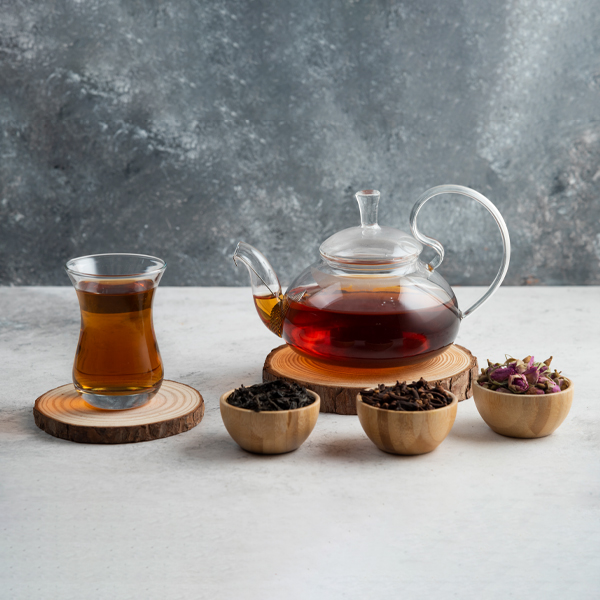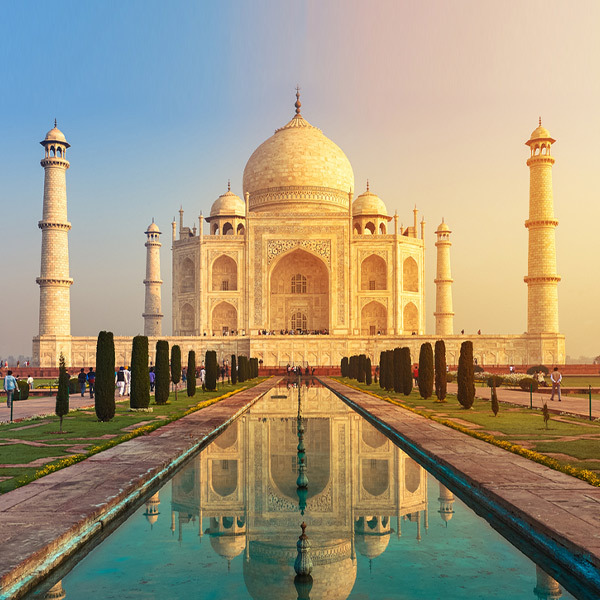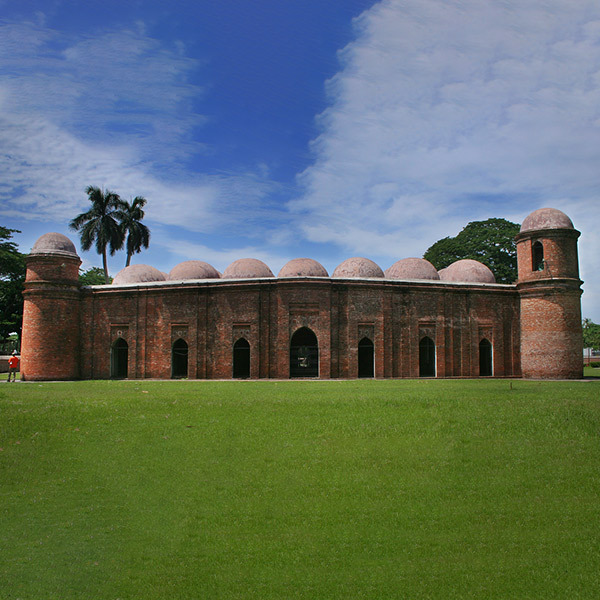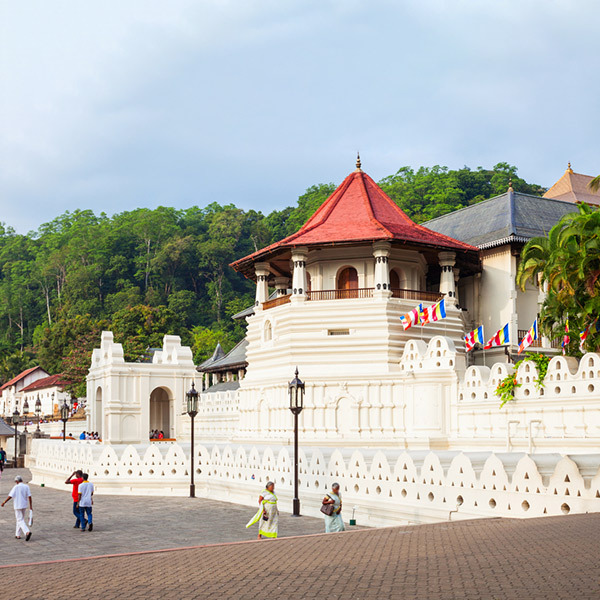Ever wondered about the origins of the tea you sip? How did tea leaves become a popular beverage in modern times?
A cup of chai hold more than just flavor, it carries the intricate history of chai. Hence, let us take a journey to the spicey landscapes of India to the tea gardens of China, and through teatime in Europe.
Let’s unravel the history of chai, learn the tea source, and how one cup connects us all.
Origin of Chai
The history of chai is as rich as its flavor. The term “chai” itself is derived from the Hindi word for “tea,” which, interestingly finds its roots in the Chinese word “cha.”
Yet, in Hindi, chai signifies more than just tea; it is a blend of spices steeped into a cup. Across continents, cultures, and households’ chai recipes burst with diversity.
However, the core ingredients often include black tea intertwined with an aromatic medley of cinnamon, cardamom, cloves, ginger, and black peppercorns. Individuals can add milk or honey to make sweetened chai.

Moreover, Chinese tea is more than a drink; it’s a cultural gem with a history dating back to Emperor Shen Nong. Green to black, white to oolong, Chinese teas are available in diverse varieties. Furthermore, China tea is filled with beneficial properties.
Additionally, it is a symbol of respect for Chinese culture. The traditional tea ceremony highlights the aesthetic and mindful aspects of tea appreciation. China’s rich tea culture is rooted in history and continues to captivate tea lovers globally.

The Birth of Chai Tea
The history of chai is as diverse as its taste. The tale starts in China and India. While legends narrate interesting stories from a monk in China 5000 years ago discovering the energetic properties of leaves to a king Harshavardhana in ancient India creating Ayurveda. Ayurevda is a traditional medicinal practice in which herbs and spices are used for healing. Subsequently, some legends credit Emperor Ashoka for introducing chai to court ceremonies.
However, what remains consistent in these tales is the perception of chai as a purifying, invigorating Ayurvedic (healing) concoction, revealing its deep roots in history.
Origin in China
China Tea was initially used for medicinal purposes, and it wasn’t until the Tang dynasty that tea drinking became a cultural practice.
Though the preparation of tea is simple, it involves intricate steps. Additionally, the preparation of tea involved steeping tea leaves in hot water, a method that became widespread in China. China uses tea mainly for its healing and rejuvenating properties.

Chai in India
The black, green, and white teas originate from the Camellia sinensis plant. In the mid-1800s the British colonized India and infused black tea leaves, milk, and sugar. Moreover, the British preferred this concoction over the native Indian black tea.
Consequently, the British East India Company’s promotion of tea cultivation in India, fueled by Robert Fortune’s activities, marked a pivotal moment in chai’s global expansion.
Finally, chai transcended borders, incorporating various tea types like green tea (Japan), yerba mate (South America), and red rooibos (South Africa).
Local Indian Adoption
The early 20th century saw a shift in the tea industry due to a global economic depression. When the exports slowed it led to a surplus of tea that needed a market.
However, tea producers turned their attention to the Indian upper and middle classes, and tea began to find popularity among them. A rise in tea shops and stalls was seen in cities like Mumbai and Delhi.
Chai and Independence
The history of chai continued as India moved towards independence in the 1940s, tea transformed from being seen as an upper-class drink to a symbol of Indian unity and freedom. Furthermore, chai become a statement for all classes of people
Hence, chai became an integral part of Indian culture and identity. As people sat down for a cup of chai and discussed the plans for freedom.
Evolution of Chai
When the British returned to Britain, they brought back the concept of chai. English tea was initially introduced with milk and sugar and is a staple for them. Furthermore, they created the team time culture around it and hosted garden parties. They spread the diverse flavors of chai all over Europe.
Indians modified the tea and created a way to make chai. Hence, they introduced a method of chai involving boiling tea leaves in a mixture of water and milk and the addition of spices like cardamom, ginger, and black pepper. This style of preparation led to the creation of Masala Chai.

Modern Times
In recent times, chai has been a diverse and beloved beverage in South Asia and beyond. Chai has also gained popularity globally, with various adaptations and interpretations in different parts of the world.
Undoubtedly, the history of chai spread across the globe and one of the most popular adaptations today is chai tea latte. Furthermore, the chai tea latte is a creamy, sweet, and spicy concoction that has become a coffee shop favorite around the world.
Various chai tea latte variations have arisen, including iced chai lattes and chai tea latte blends with additional tastes such as vanilla or pumpkin spice. Hence, these versions show the adaptability of chai tea and its capacity to bring people together from different cultures.
Significance of Chai Culture
The history of chai illustrates that chai isn’t just a beverage; it is a cultural icon. In addition, its roots weave through the fabric of daily life, rituals, and social gatherings in countries like India, Pakistan, and Bangladesh.
In these regions, the history of chai could be seen in sharing a cup of chai. Additionally, offering chai is an expression of hospitality and connection. This act of sharing chai fosters conversations, binds families, and signifies warmth and care.
Chai brings us together, whether sipped on bustling streets, in cozy homes, or during important ceremonies.
Consumption of Chai
India
In the financial year 2022, India relished its high tea consumption. Consumption reaching an impressive volume of around 1.2 billion kilograms per year. Furthermore, this steady increase in the consumption of the beloved beverage reflects its popularity across India.
Remarkably, India is the world’s second-largest producer of tea, standing tall right after China.
Moreover, from the vibrant streets of dhabas (roadside tea stalls) to the luxurious hotels, this is just a number, not the measure of the love of chai. Undoubtedly, chai is ingrained in the cultural veins of the country.


Pakistan
In Pakistan, chai is not culture, it is lifestyle. In 2022 the nation consumed Rs 83.88 billion worth of tea. The increase in chai consumption led to an increase in the import of tea leaves and the minister told the citizens to decrease consumption. However, Pakistanis are made of 70% chai, so it was not possible to decrease consumption.
Furthermore, Pakistan’s iconic “doodh patti” culture, brewing tea with milk is a signature chai that brings all classes together. From dhabas to hotels, everyone gathers to discuss politics, cricket, and Imran Khan over a cup of doodh patti.
Within homes, the melodious whistle of the chai kettle acts as a beckoning call, a signal to gather for teatime. Additionally, with gossip and discussion on daily life Pakistani enjoy warm cup chai with crispy Namak Para
Whether enjoyed at home, in offices, or at local tea stalls, chai remains a constant companion in daily life. Unquestionably, chai is not just a beverage; it’s a shared experience and a symbol of hospitality in Pakistan.
Bangladesh
In Bengali culture, the rich history of chai transcends being a mere beverage; it’s an emotion, an indispensable part of daily life without which many cannot fathom a single day.
Remarkably, Bangladesh stands as the 10th largest tea producer globally, emphasizing the profound role of tea in the country. Additionally, they consumed 95.2 million kilograms in 2019 only.
Furthermore, one of the chai original to Bangladesh is Tandoori Chai, served in a burnt mud cup, adding an extra layer of flavor and character to the comforting taste of chai.

Additionally, chai is a social beverage, so a lot of thought is given to its presentation. Mud and ceramics cups are used to serve warm chai with their traditional snacks; Khasta Kachori or Nimki.
Above all, the act of serving and enjoying chai is more than a routine; it’s an etiquette woven into the Bengali culture.

Sri-Lanka
Sri Lankans take pride in their tea heritage, proudly claiming the title of the fourth-largest tea producer with lush plantations all over their regions. Hence, their annual consumption is 11.75 million kilograms, showcasing the role of tea in their daily lives.
Ceylon tea, a significant export for Sri Lanka, stands out for its distinct qualities. Renowned for its outstanding quality, unparalleled taste, and diverse varieties. Furthermore, Ceylon tea is recognized locally and internationally.
Whether savored on its own or blended, Ceylon tea is versatile. This tea boasts a refreshing, citrusy aroma reminiscent of juicy grapefruit, contributing to Sri Lanka’s rich tea culture.
Moreover, Ceylon tea is enjoyed throughout the day, whether in the morning or for an afternoon tea session. Teatime is incomplete without their favorite snack a hot “maalu paan”. Subsequently, every sip tells a rich history of chai and a tale of hospitality.
How to Make a Perfect Cup of Chai
The best tips to make the perfect cup of chai. The key is to use a good tea source and patience.
- Take out your best mug and keep it aside.
- In a pan add one cup of water and let it boil for 2-3 minutes.
- Add 1 to 2 tbsp. of tea leaves depending on how strong tea you prefer.
- Add 2 tsp sugar.
- Mix and add 1 cup of milk.
- Let the mixture boil vigorously.
- Let it simmer for 2-3 minutes, so the taste strengthens.
- Strain and enjoy your delicious cup of chai with your favorite snack.
Conclusion
The true magic of chai lies not in the history of chai but in its ability to unite people. Consequently, its roots in China and India to its evolution as a cultural icon, the journey of chai has been nothing short of flavorful.
Chai embodies symbols of hospitality, connection, and age-old traditions. With every sip, the rich history of chai unfolds, blending a harmonious medley of spices. Moreover, it’s not just about the origins; it’s about the shared experience. Subsequently, there are different blends of chai available, and the palette of chai has expanded.
Moreover, cheers to chai, bringing everyone together across all borders.



